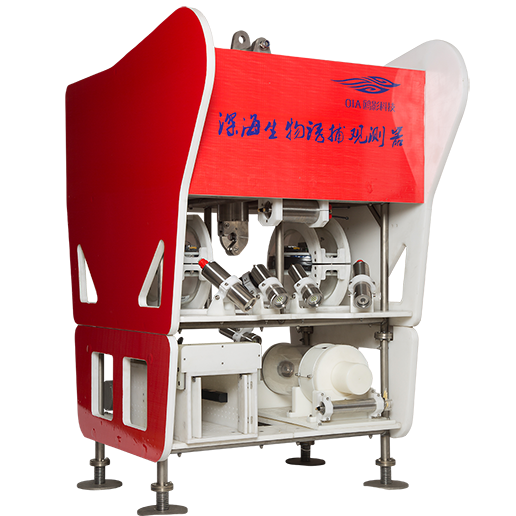APPLICATION
-
WATER ENVIRONMENT SAMPLING
-
Water Sampler
-
Sediment Sampler
-
Sediment Traps
-
Plankton Sampler
-
Benthic Sampler
-
Microplastics Sampler
-
Ballast Water Sampling Analyzer
-
Sample Post-Treatment
-
Winches
-
-
WATER ENVIRONMENT MONITORING
-
Hydrophysical Monitoring
-
Biochemical Monitoring
-
FerryBox
-
-
UNDERWATER IMAGE ACQUISITION
-
Lander
-
Underwater Light
-
Underwater Low-light Camera
-
UVP
-

WATERTOOLS: Deep-sea Large-scale Biological Trapping Observer (deep-sea lander)
Category: Deep Sea Lander
Art.No.: OYELND0617-A/OYELND1117-A
Keywords: deep-sea lander, Deep-sea large-scale biological trapping observer
Supplier: Qingdao Watertools Technology Co., Ltd.
Art.No.: OYELND0617-A/OYELND1117-A
Keywords: deep-sea lander, Deep-sea large-scale biological trapping observer
Supplier: Qingdao Watertools Technology Co., Ltd.
Introduction:
The deep-sea large-scale biological trapping observer is a set of fully automatic deep-sea in-situ ecological observation and biological sampling lander, which has the characteristics of low power consumption, high safety and low maintenance. The equipment can be placed on a scientific survey ship or other ship with a crane, dive to the seabed under the influence of gravity to conduct submarine ecological observations, trap biological samples, and conduct other in-situ scientific experiments such as microbial culture. The weights can be released regularly or through deck acoustic commands, relying on buoyancy to float to the surface for recovery.





